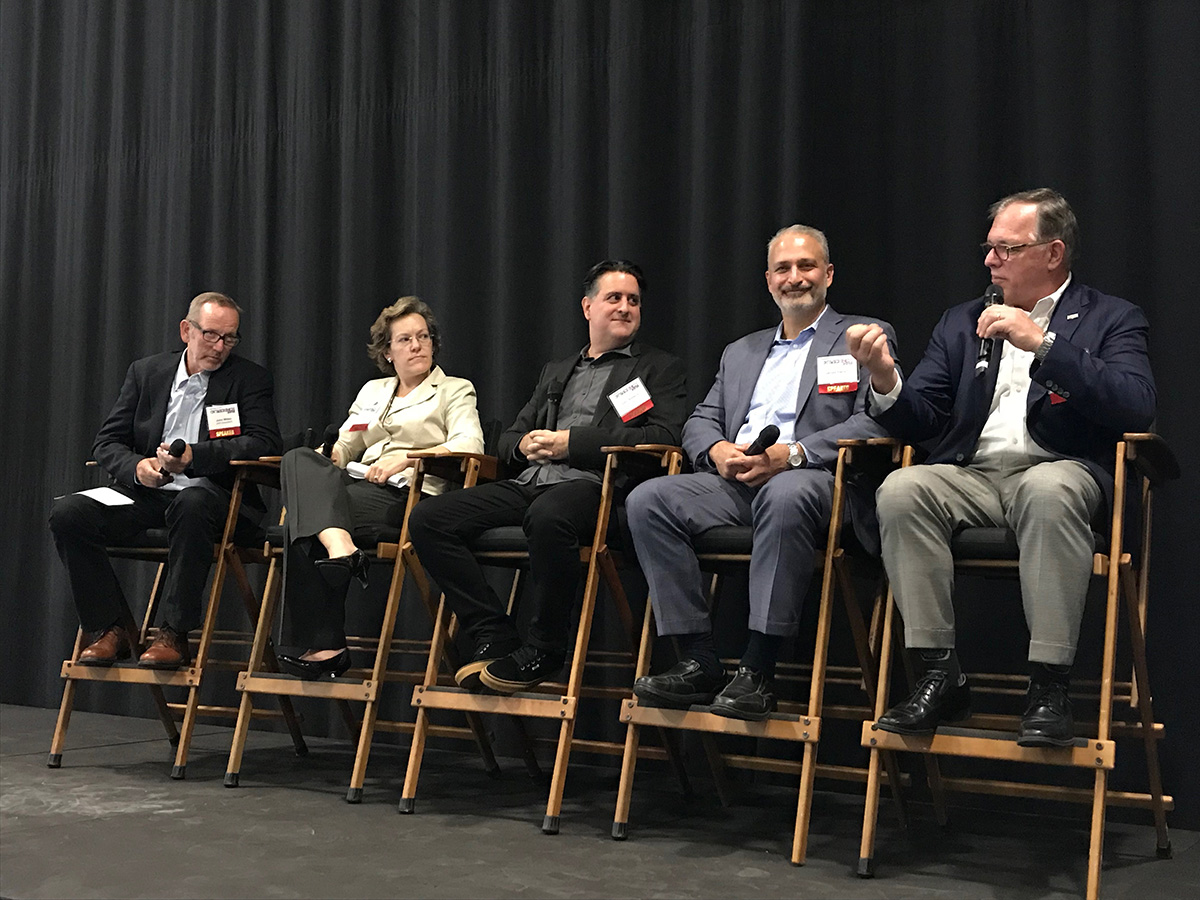
With so much choice available today, there’s no longer just one way to watch TV. And with so many connected TV options and services to choose from, Americans are capitalizing on the variety, watching a collective 8 billion hours using these devices in a given month. The over-the-top (OTT) landscape, however, is largely untapped from an advertising perspective. The underlying challenge, as industry leaders discussed at the ARF’s recent OTTxSCIENCE conference, is having the right data and technology to provide both scale and efficiency across the industry. Leaders across this rapidly growing space presented new research on OTT and thoughts on where it’s headed next.
Amanda Tarpey, SVP, Digital Product Leadership, Nielsen, furthered the conversation around OTT by providing data on the growth of connected TV. “Although linear television maintains the majority of viewing, there are strong signals of how mainstream connected TV is becoming,” she said, “which is creating a new normal for the living room.”
Nielsen research has revealed that time spent across demos is doubling year over year. It’s also been shown that the platform used for video viewing is indicative of the audience watching, with a majority of OTT time spent driven by younger viewers. To underscore the impact this has on advertising, Tarpey shared Nielsen Digital Ad Ratings and Digital Content Ratings case studies to prove the impact of OTT.
“While we see the same viewers accessing both connected TV and linear TV,” she explained, “advertisers get significant incremental exposure by executing through connected TV, given the opportunity to hit targeting and frequency requirements in that overlapping sample.”
While OTT may be the future of TV, networks, distributors, content creators and agencies/advertisers have not aligned on the metrics and measurement standards, as seen in traditional TV. There are many different datasets being gathered from an endless array of devices and not enough scrutiny or standards being applied around how these devices are translated into persons or households, all adding to the complexity for buyers to have confidence in transacting advertising dollars on this platform.To address this challenge, a panel of executives from NBCU, 7Park Data, Sony and Nielsen discussed the need for collaboration and transparency to establish a common language for the OTT landscape.
“We live in a world where there are parallel currencies—one to value the ad spot, and the other to value the content—and we’re focused on making sure there is measurement to support both,” said Brian Fuhrer, SVP, National TV Audience Measurement Product Leadership.
The idea of working together in the OTT space was supported by various examples of collaboration shared throughout the day. During a separate presentation, Spectrum Reach explained how it’s making addressable TV possible by merging its own insights and technology with other data providers like Nielsen. Snap Inc. also shared research on the TV viewing patterns of Snapchat users, using Nielsen’s TV Panel Audience Link, to show how they engage with TV compared with non-Snapchat users. In an ever-evolving media environment, especially with OTT added to the mix, everyone is being incentivized to work together to keep up.
